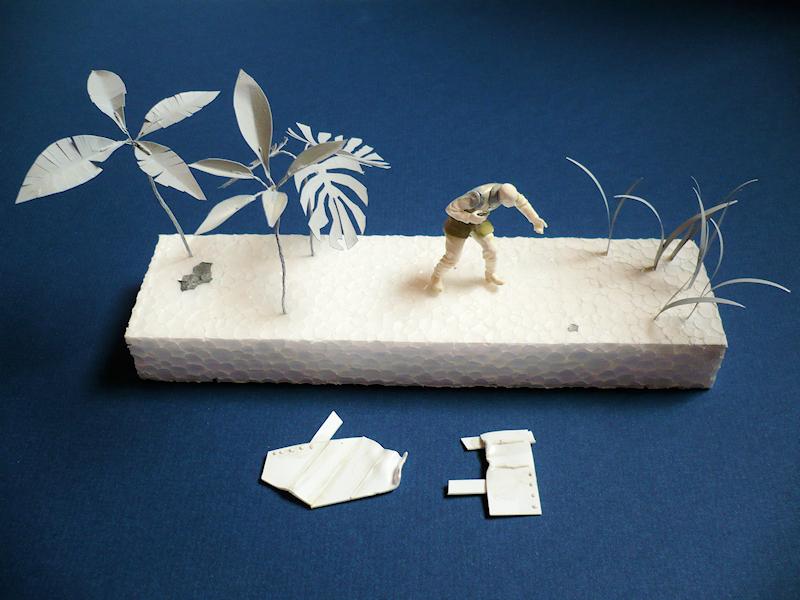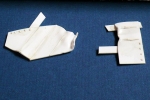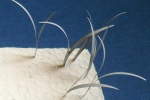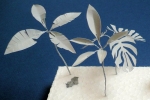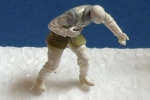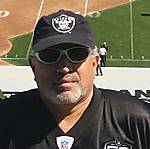1⁄32The Rufiji Delta Incident, May 1915
3
Comments
the diorama
I wanted to be able to capture the essence of the incident including the isolation of the crew, the naval battle, the loss of the ship and more importantly, the interesting terrain and setting. The diorama was to be in 1/35 or 1/32 scale, with the emphasis on the figures, the setting and only a suggestion of the damage to the ship and the aftermath of the battle. So how to do this? The representation of water is a challenging prospect, but these days there are many products on the market that make this little easier. I decided on an initial layout comprising only 2 figures, perhaps even reducing this to one. I wanted a section of the river bank, the dark, opaque, disturbed water of the river, some evidence of the damage to the ship and a way to tie this together. Photographs of the wreck show that Konigsberg was scuttled by Looff some way offshore. This made it difficult to build a section of the ship close in to river bank. Evidence does exist of attempts by Looff to protect the ship with camouflage nets and vegetation, but this occurred before the actual battle. A compromise, I felt, would be to model a section of the riverbank and capture the vegetation and the water. Next I would include most likely a Schutztruppen Askari or members of the crew being rescued from the water or salvaging something. The accompanying debris and twisted metal could be used to imply the presence of the ship and the effects of the dramatic last moments.the figure
The figure gave me some artistic license. Naturally, he would need to be clothed in period clothing, but whilst he represented the start of the focal point, I wanted the viewer to appreciate the gravity of what had occurred. Thus, he should not be a distraction but part of the whole. The photograph depicts a group of German East African troops on the lookout for spotter planes over the Rufiji delta in 1916. The photograph contains two native Askari troops (left), one of whom appears to be a young boy! The three Germans (right) are dressed in standard colonial uniforms. The sailor standing outside the wickerwork fence is wearing the standard German naval uniform. The two other European troops wear the distinctive tropical overseas helmet and khaki uniforms.figure construction
I used 1/32nd scale Airfix German Multi-Pose figure parts, for the basic head, torso, arms and legs. The arms were pinned to the torso with paper clips, drilled into the parts and secured with cyanoacrylate adhesive. The left arm holding the flag was modified and filled with Milliput, to give the correct pose. All the details of the German uniform were removed with a motor tool and a grinding bit. Once this was completed, I rebuilt the tunic and collar with Milliput and lead foil for pocket flaps and buttons. The tropical helmet was a challenge. I started with a flattened piece of Milliput for the brim and allowed this to harden up. Once it had stiffened, I added the bell top and proceeded to shape this into the basic shape of M1916 tropical overseas helmet. Once it had set up (after 12 hours) I sanded it fairly vigorously until I had the right shape. I made 3 helmets at the same time, as I have an idea for a Palestinian vignette coming up soon! I needed the helmets hollow, so I then set about hollowing out the base with the motor tool and a round plastic cutting bit. This process took about an hour to get it just right. I was fairly pleased with the result. The next step is to cast one of them, so I have an unending supply...! The last step was to attach the Gewehr 98K and a supporting strap from lead foil. I finished the figure by attaching the kit leather ammunition pouches with a waist-belt in foil to support them. At this point, he was left to dry thoroughly overnight. I primed the figure with Tamiya Fine Surface Primer. He was then painted in Tamiya acrylics, overlaid with artists’ oils for the shading and highlights. The face, although obscured, was undercoated with Tamiya Desert Yellow and then finished with artists’ oils.Comments
Interesting article. However, I believe the Konigsberg actually had 6-inch guns, not 16 inch.
OCT 26, 2012 - 08:04 AM
Nicely done little dio. Check the riflt sling - comin' out of his hand a bit. I like this.
Ironmike
NOV 13, 2012 - 06:18 AM
Copyright ©2021 by Garth Jerome. Images and/or videos also by copyright holder unless otherwise noted. The views and opinions expressed herein are solely the views and opinions of the authors and/or contributors to this Web site and do not necessarily represent the views and/or opinions of Armorama, KitMaker Network, or Silver Star Enterrpises. All rights reserved. Originally published on: 2012-09-09 00:00:00. Unique Reads: 19876




